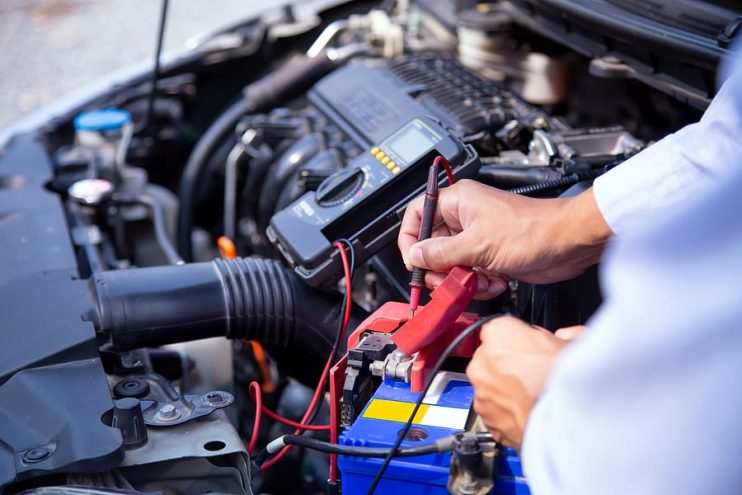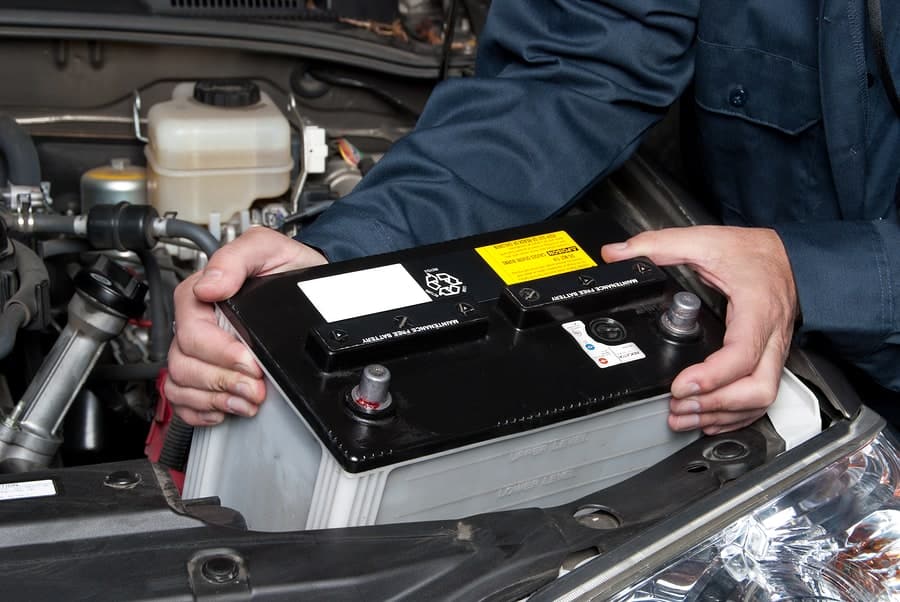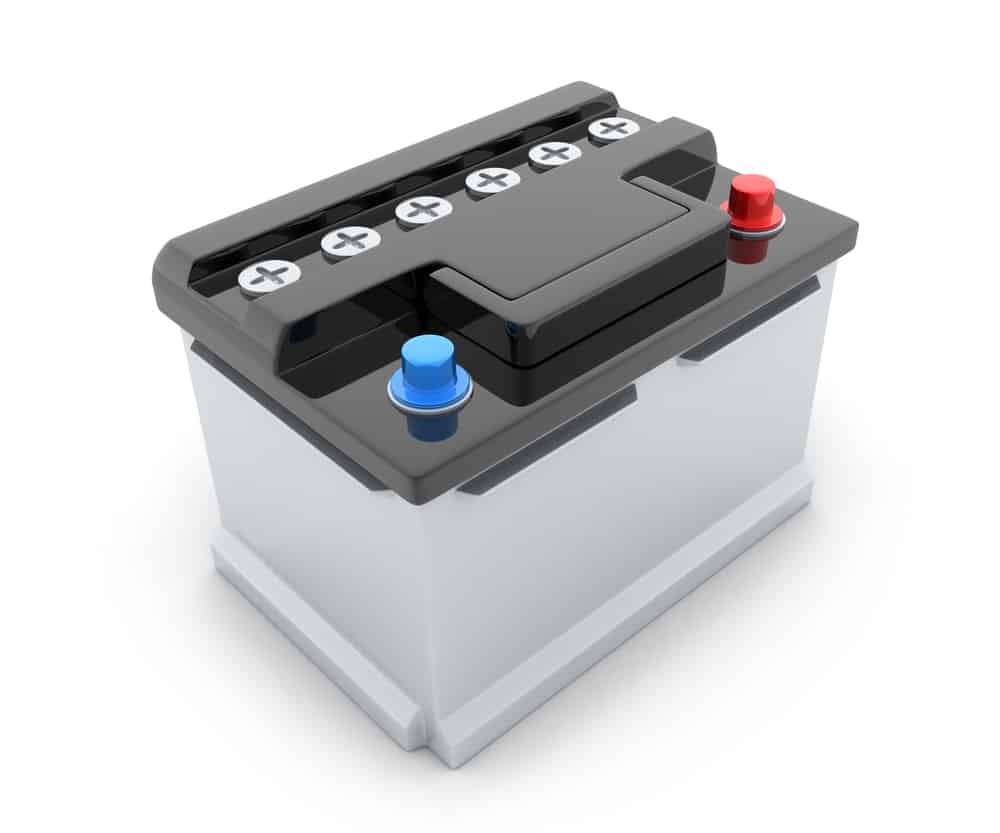
From old fashioned headlights and windscreen wipers, through to onboard computer systems and ABS braking; today’s car is packed with electrical systems. Just like mobile phone apps that put a lot of strain on your phone’s battery, these systems may cause your car battery to run out faster and stop working.
Last thing you want is for the battery to give up the ghost on a cold February morning, when you need to get to work (or somewhere worse, such as the airport on time). Thankfully, with a little vigilance, you can be aware of your battery coming to the end of its lifespan, as there are usually a few give-away signs.
Continue reading


.png)